
Joann Fabrics, the 82-year-old cornerstone of American crafting, disappeared almost overnight. After two bankruptcies in just 13 months, all 800 stores shut down by May 2025, leaving 15 million loyal crafters without their creative hub.
Then came the twist, Michaels quietly acquired Joann’s intellectual property and private brands, forming the largest craft monopoly in U.S. history. This isn’t just a retail shakeup. It’s a pivotal moment that could transform how Americans craft, connect, and cope in an increasingly digital world. The effects are already rippling out, with consequences that go far beyond what anyone expected.
Why the Craft Giant Really Fell
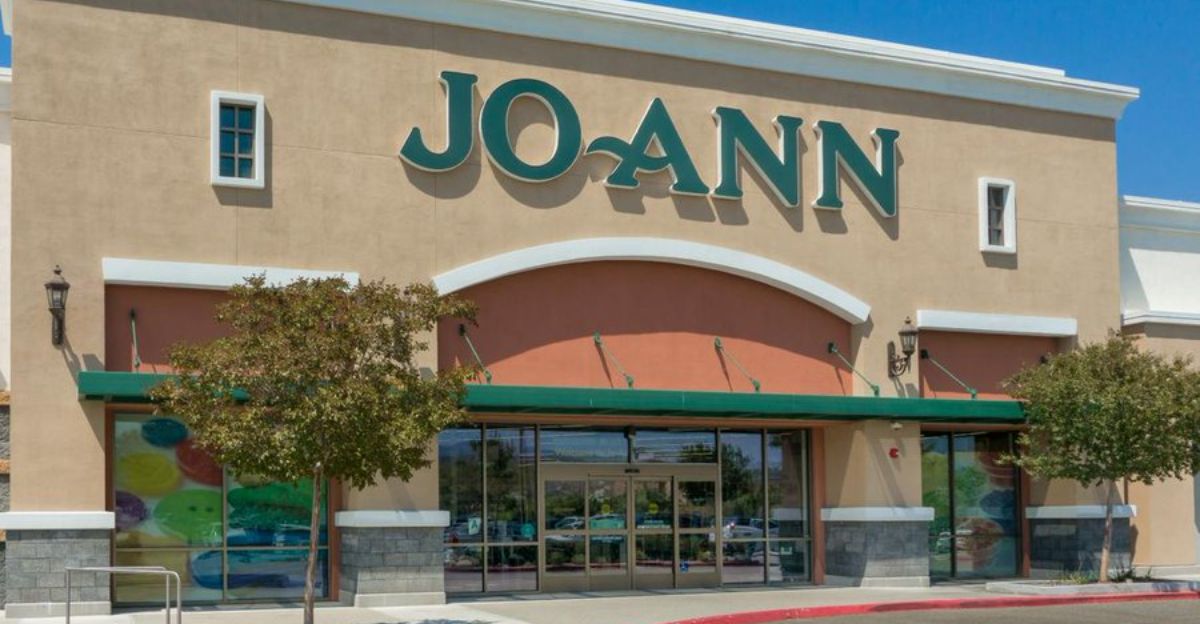
The real cause of Joann’s collapse wasn’t competition, it was a crushing $615 million debt and a perfect storm of setbacks. Gen Z ditched malls for TikTok tutorials and online craft suppliers, with fabric-related social media searches up 77% year-over-year. Pandemic-era demand collided with supply chain breakdowns, leaving shelves empty.
Meanwhile, private equity backers pushed for liquidation, a fate shared by 56% of major bankruptcies in 2024. Despite surviving the Great Depression, Joann couldn’t weather digital disruption, shifting consumer habits, and mounting financial pressure. In the end, the chaos handed Michaels the keys to the kingdom of American creativity.
Your Craft Corner Will Never Be the Same
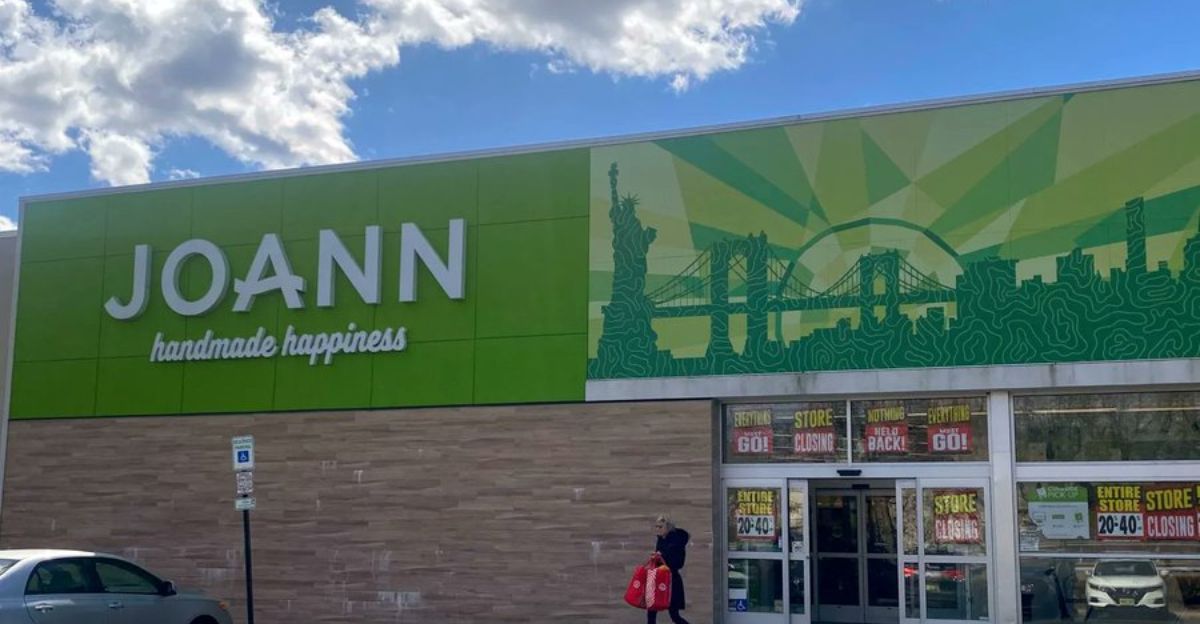
That familiar trip to Joann for last-minute thread or fabric? It’s over. The trusted aisles, broad fabric selections, and beloved 40%-off coupons have been replaced with Michaels’ very different retail approach. For the 73% of adults who buy handmade items each year, one company now dominates creative supply.
Michaels is rushing to expand fabric offerings in 680 stores, with 280 more planned, but shoppers already report fewer options and steeper prices. As a result, many crafters are panic-buying from independents or switching entirely to online sources. Creativity is no longer found in the mall, it starts at your kitchen table.
The Great Craft Consolidation Begins

Michaels didn’t just buy brands, it eliminated its biggest rival. By acquiring Joann’s private labels like Big Twist, Michaels gained millions of loyal customers and wiped out its strongest competitor. Retail giants like Walmart, Amazon, and Hobby Lobby are scrambling, launching fabric programs and chasing displaced suppliers.
Some independent stores may see a modest increase in demand, but most of Joann’s former customers are migrating to larger chains and online platforms. This mirrors a wider trend across U.S. retail, where 15,000 store closures are expected in 2025 as private equity walks away from faltering chains. The result? Fewer choices, higher prices, and growing discontent, but a counter movement is quietly rising.
The Underground Craft Economy Explodes
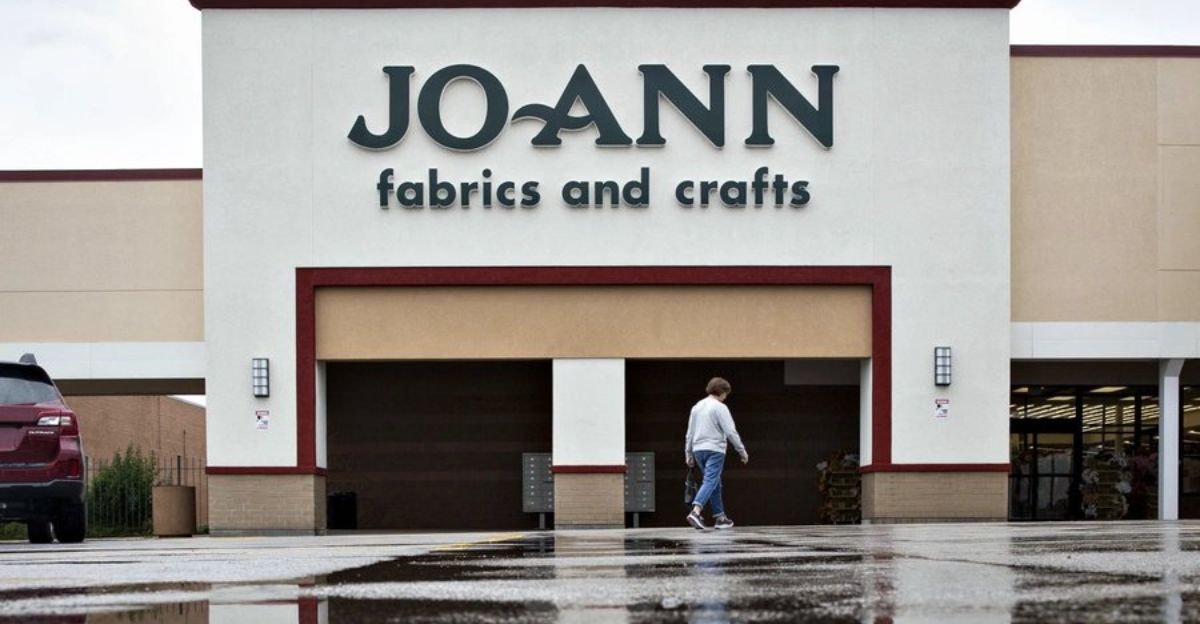
Joann’s collapse didn’t just leave a void, it sparked a rebellion. Younger generations, already leaning into sustainability and “underconsumption” trends, are walking away from corporate craft retail. YouTube searches for “DIY fabric alternatives” surged 400%, and TikTok is filled with tutorials on creating supplies from everyday items.
Local maker spaces, community centers, and workshops are booming with demand. The $906 billion global handicrafts market is shifting from big-box to grassroots. For many, this isn’t about saving money, it’s about taking back creative control. The real transformation begins when people stop buying and start building everything from scratch.
Global Supply Chains in Creative Chaos

Joann’s exit left a $2 billion hole in global fabric demand, sending shockwaves through supply chains from Asia to Central America. Cotton prices experienced volatility, with speculation causing short-term spikes, though the overall U.S. trend was a modest decline in early 2025. Synthetic producers across Asia lost one of their largest U.S. buyers.
Some European craft retailers are seeing increased inquiries from American customers willing to pay higher shipping costs, though comprehensive data is lacking. Meanwhile, small U.S. textile producers, long diminished by offshoring, are now seeing renewed demand and opportunities for growth.
The disruption is unexpectedly reviving domestic manufacturing and forcing the industry to reconsider how globalized craft production should work in a post-Joann world.
The Human Cost of Creative Consolidation
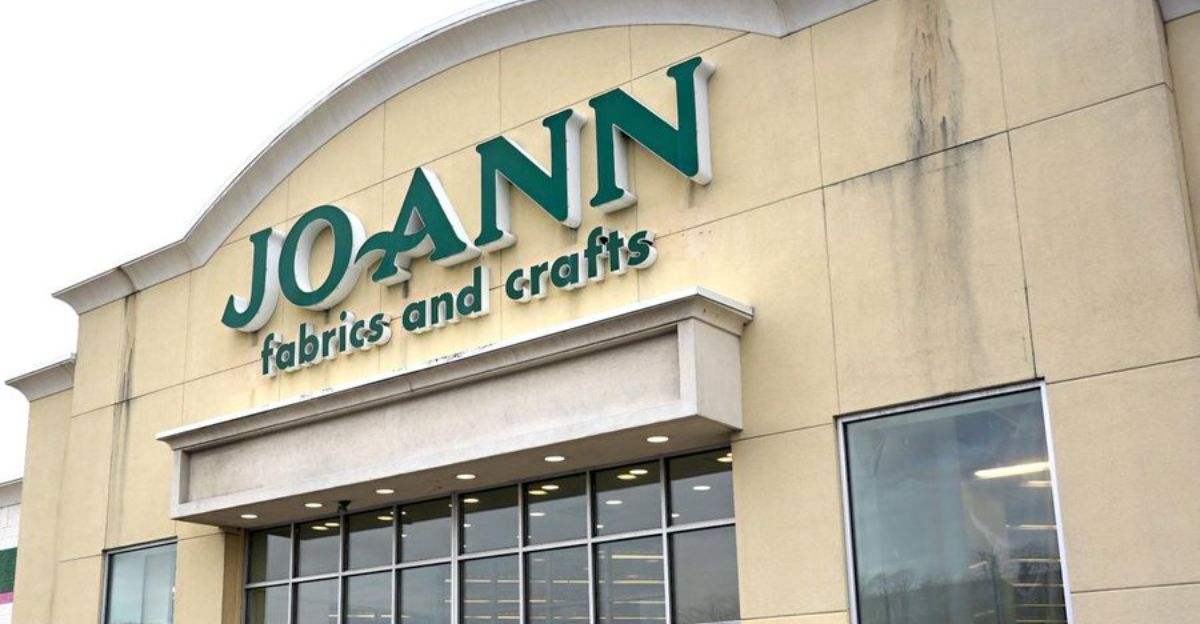
“I drove 45 minutes to three stores and still couldn’t find basic quilting cotton,” reports one Texas crafter, whose weekly craft group dissolved after their local Joann shut down. In many communities, longtime Joann classroom spaces now sit empty, leaving crafting circles without a home.
Former employees say the loss runs deeper than jobs, describing how stores served as hubs for passing down traditions and connecting generations. Rural crafters have been hit hardest, with some reportedly traveling over 100 miles for supplies, or giving up entirely. These aren’t just store closures, they’re fractured communities that may never stitch themselves back together.
Washington Wakes Up to the Craft Crisis
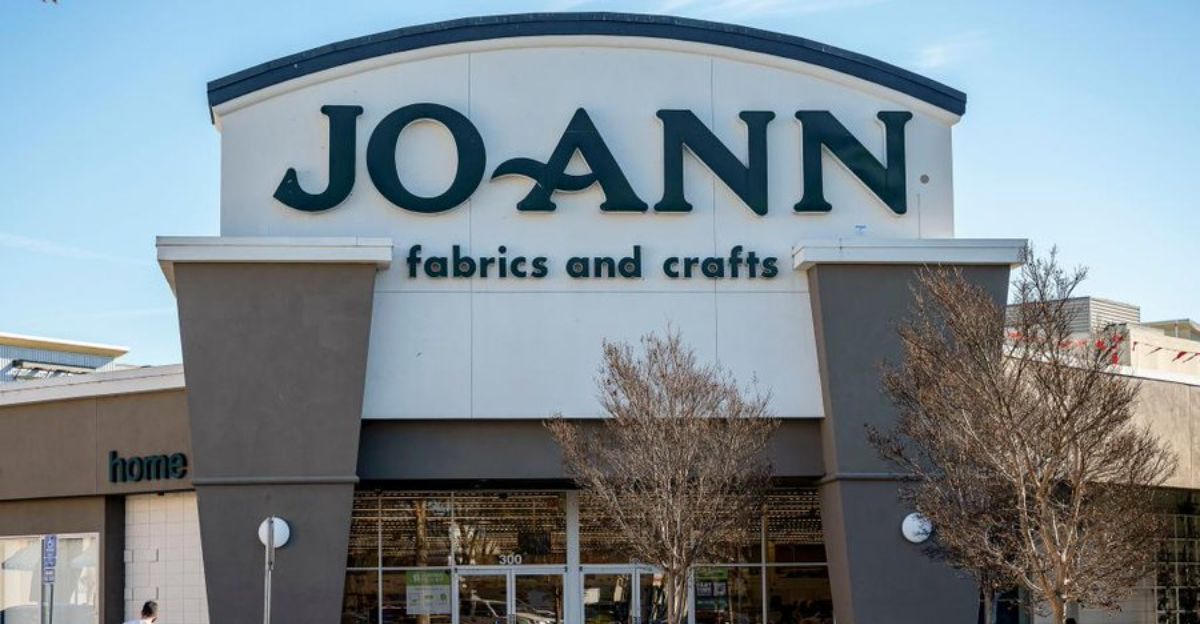
Joann’s downfall has sparked concern among antitrust advocates and small business groups, who warn that Michaels’ acquisition could eliminate competition. Critics are urging the FTC to investigate how private equity has fueled the retail collapse, as store closures are projected to reach 15,000 in 2025, double the previous year, with private equity takeovers cited as a major driver.
Lawmakers from rural districts continue to push for policies that support independent retailers, arguing that creative commerce helps keep Main Streets alive. This fight isn’t just about fabric, it’s about whether local businesses can survive in a system skewed toward Wall Street’s bottom line.
Your Survival Guide for the New Craft Reality
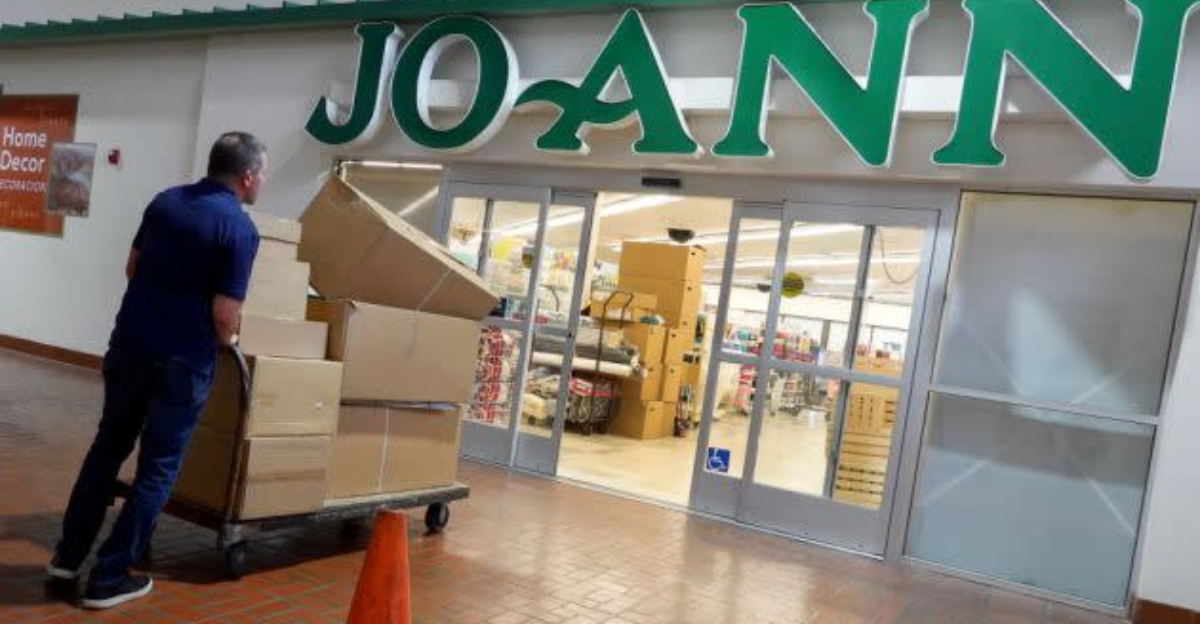
It’s time to stop waiting for a Joann comeback. The future of crafting lies in adaptability and community. Start by joining local maker spaces, guilds, or workshops, places that offer both supplies and shared knowledge. Diversify where you shop: support local stores, try niche online retailers, or use subscription boxes to keep stocked.
Most importantly, invest in your own skills. Learn to dye fabric, make tools, or blend your own yarn. Social media can help, follow creators who offer alternative sourcing tips. The crafters who will thrive aren’t those who replace Joann. They’re the ones who build self-reliance from the ground up.
The Future We’re Crafting
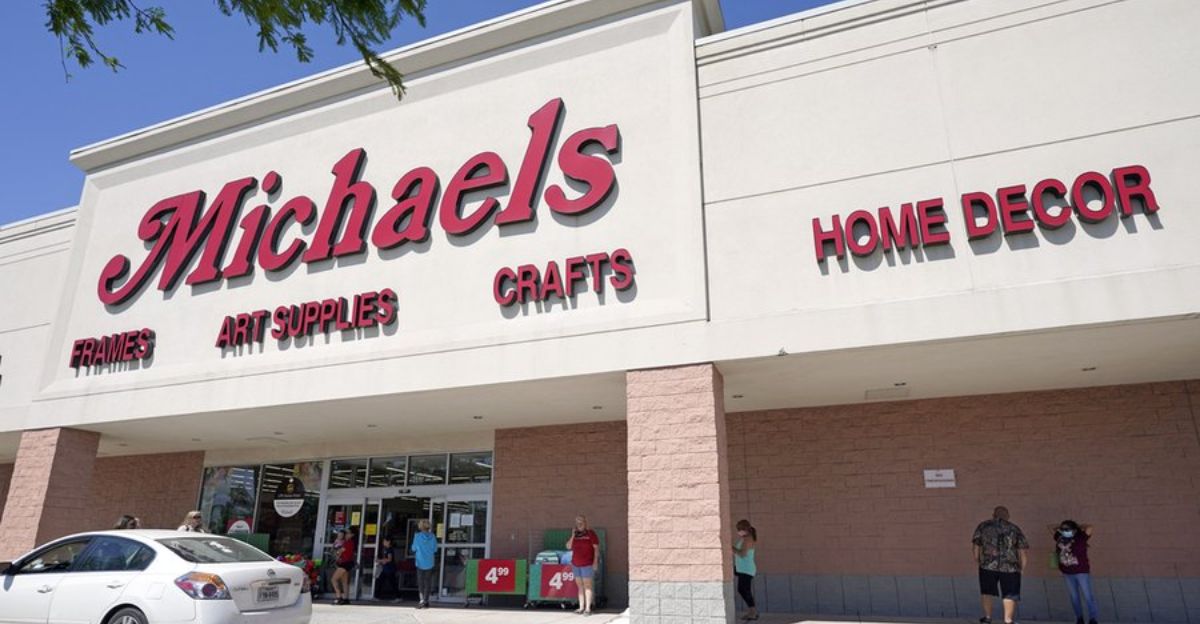
Joann’s closure isn’t the end, it’s the start of a new era. Michaels may have formed a monopoly, but the real power is shifting elsewhere. Online boutiques, local collectives, and DIY networks are forming a new creative economy that values people over profits. The $70 billion craft industry isn’t shrinking, it’s evolving, toward resilience, diversity, and local control.
In this post-retail world, crafting becomes more than a hobby. It’s resistance against waste, a link to community, and a route to independence. The question isn’t whether you’ll adjust to this future. It’s whether you’ll help shape it, one handmade creation at a time.
